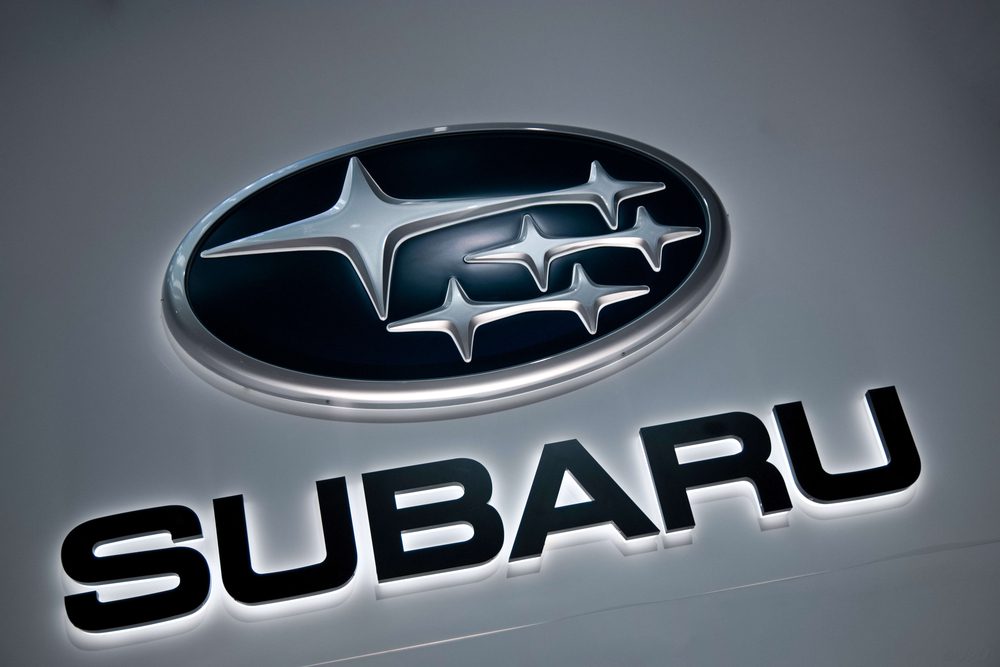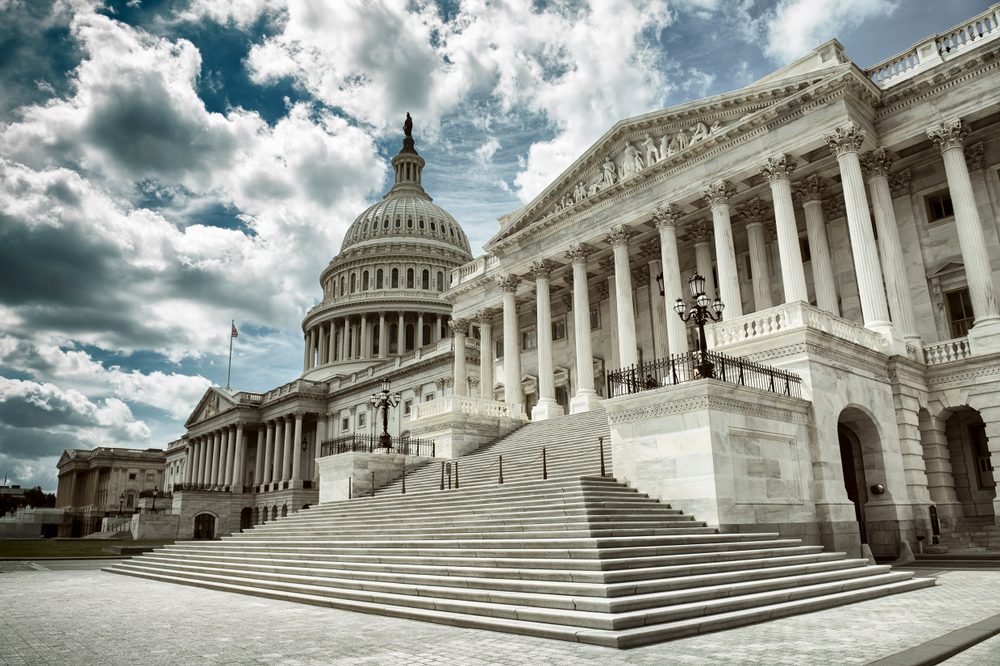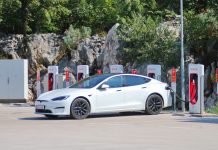Many wondered what the start of 2019 would look like regarding auto industry sales. Last year ended in a successful photo finish, with December bringing some of the most robust sales of the period. However, while optimism was high, many were leery of unfinished questions that came with the end of 2018. Would tariffs cause vehicle sales to dip? Will the estimated saturation of new vehicles finally translate to falling sales of newer cars? While the jury is still out on these topics, January’s auto sales results give us a glimpse into what 2019 may have to offer.
In spite of the many obstacles facing car buyers, January is estimated to be a month of gains. Analysts at Edmunds and Kelley Blue Book recorded estimated sales increases of 1.3 and 0.2 percent respectively when compared to the previous year. While this was a bit of a slow start to 2019, it is clear that car buyers still feel optimistic. Read on for some of the trends that defined January’s car sales.
Sales Grew Despite the Weather and Shutdown
January was a tough month for many in America. The government shut down expanded into 2019 and left many federal workers without a paycheck for almost a month. Couple this with the polar vortex that heavily impacted those in the Midwest and eastern regions of the country, and it would seem that car sales would take an understandable dip. While this did likely contribute to the sluggish gains, it did not keep all consumers from purchasing new vehicles.
Henio Arcangeli Jr., vice president of the American Honda Automobile Division, had this to say to USA Today about the impact of the storms, “ Before the heavy storms hit, particularly in the Midwest and the East Coast, we were having a very, very strong month of January. We still ended up strong, but it could have been much stronger had the weather cooperated,” Arcangeli said. “We believe a lot of that business will come to fruition in February as people postponed a purchase.” As Arcangeli mentioned, it is entirely possible that February could see a sales boom from those who had to cancel their purchases due to the weather, and shutdown.
The Winners and Losers of January


Most major automakers saw minimal gains this month, with only a couple experiencing decreases. The story again seems to be that auto manufacturers that put more energy into promoting SUV vehicles are seeing better sales numbers. Regarding results, GM and Ford no longer post monthly sales numbers; however, GM is expected to see a sales decrease of seven percent, while Ford’s sales are estimated to rise to 7.1 percent. Toyota and Nissan saw declines of 6.6 and 18.5 percent respectively. Fiat Chrysler, Honda, Hyundai-Kia, and Subaru all saw gains of 2.5, 1.5, 1.9, and 3.9 respectively. The latter has celebrated 86 consecutive months of sales growth and the best January period of the company’s history. The Forrester and Outback have become the brand’s most top-selling SUV, helping to surge the company to long-term sales.
Overall, larger vehicles continue to win out. Pick-up sales rose 7.8 percent, and Crossovers and SUVs took up 45.8 percent of the sales volume. Again, passenger cars across the board experienced a sales decline of 5.3 percent. It is clear that the trend for larger cars is still going strong.
Financial Obstacles for New Car Buyers Continue to Rise
While the economy and job market continue to prove favorable, car prices and interest rates continue to threaten to put a strain on new car buyers. According to Kelley Blue Book, new car prices have risen 4.2 percent to an increasingly high $37,149 in January. Edmunds found that interest rates have increased to 6.19 percent, the second highest monthly rate of the last ten years. Also, car buyers looking for deals were more likely to out of luck as estimated incentive spending was down 0.9 percent compared to last year and a little over three percent from December.
Again, today’s average car buyer has seemingly been able to handle this stretch due to optimism from the country’s market. However, it is likely only a matter of time before this price and rate increase start to spell trouble for car buyers interested in purchasing a new vehicle.
Final Thoughts
It is challenging to judge 2019 based on these results since the beginning of the month saw two significant events that likely impacted vehicle sales. However, analysts, automakers, and dealers should feel optimistic in the fact that January still saw a minimal increase in sales in spite of the shutdown and powerful winter weather. If the potential of January is any indicator of what we can expect, then a feeling of optimism is warranted. However, it will be interesting to see if the market continues to expand for car buyers to handle price increases and rate hikes. If this doesn’t happen, then the rest of 2019 may be just as sluggish as January.








